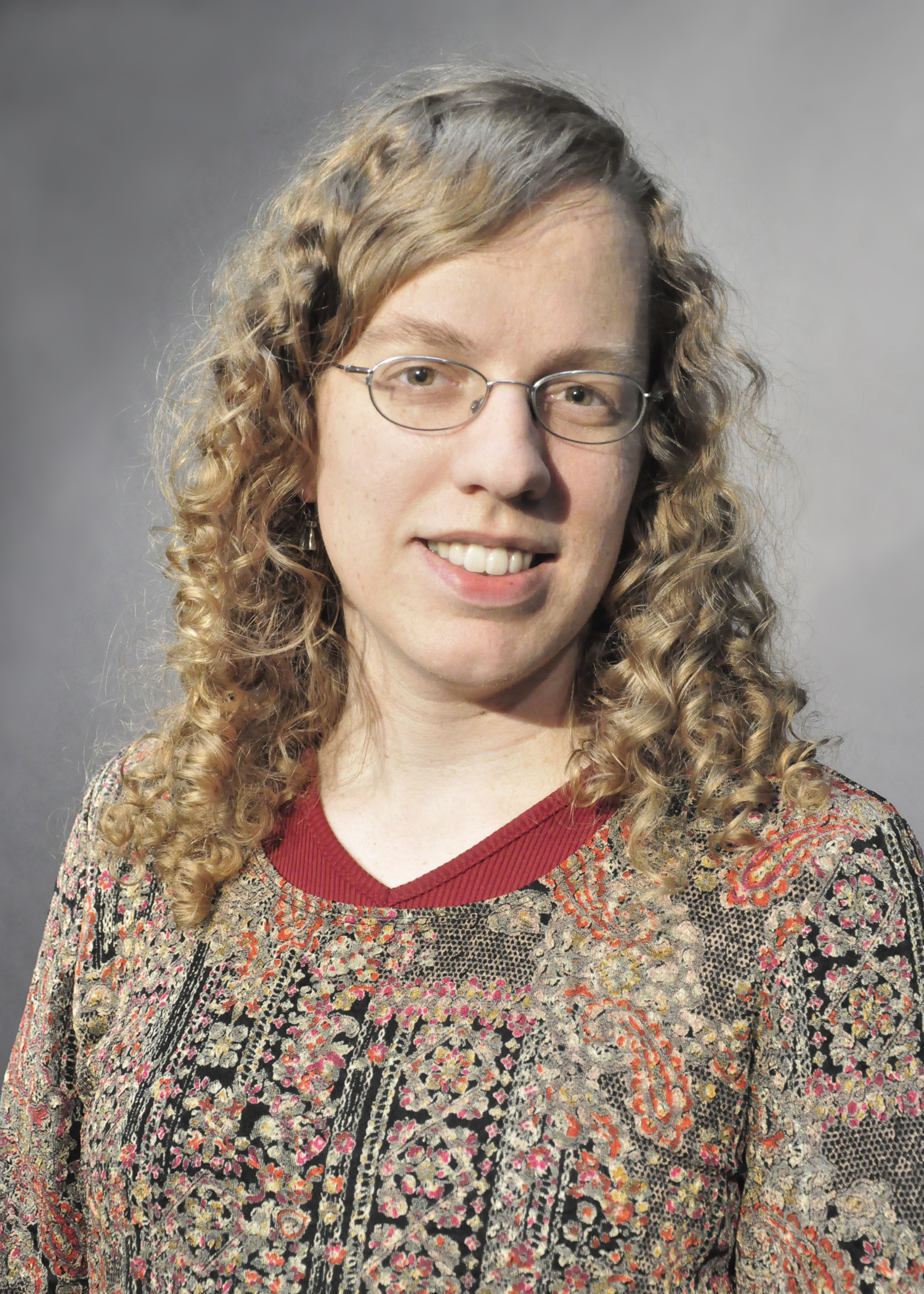Vroom! Photos of the Rocket-Powered 'Bloodhound' Car
Bloodhound SSC is a United Kingdom-based team aiming to break the world land speed with a rocket-powered car. Test drives are expected to occur later this year in South Africa, with the actual record attempt slated for 2016. Here are some photos of the superfast Bloodhound car. [Read full story about the rocket-powered vehicle]

The Bloodhound car is aiming to break the world land speed record by accelerating to 1,000 mph (1,609 km/h) — fast enough to go 1 mile (1.6 kilometers) in just 3.6 seconds. (Credit: The Bloodhound Project)
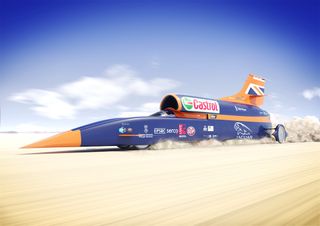
Bloodhound's projected land-speed record of 1,000 mph (1,600 km/h) would be substantially faster than the current record, which is set at 763 mph (1,228 km/h). (Credit: The Bloodhound Project)

The Bloodhound car will make its high-speed run in South Africa in 2016. The site is required to be very flat, at least 12 miles (19 km) long, and 2 miles (3.2 km) wide. (Credit: The Bloodhound Project)
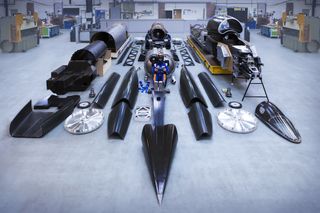
The Bloodhound team released a so-called "model kit" showing the different parts of the rocket-powered car. (Credit: Stefan Marjoram/The Bloodhound Project)
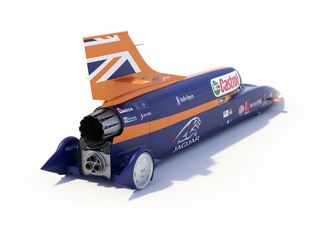
The Bloodhound car includes three power plants, including a Rolls-Royce EJ200 jet, hybrid rockets made by Nammo, and a 550 bhp V8 Jaguar engine for the rocket oxidizer pump. This creates a thrust equivalent to 180 F1 cars. (Credit: The Bloodhound Project)

The Bloodhound project's main sponsors are Rolls-Royce, Castrol and Jaguar. (Credit: The Bloodhound Project)
Sign up for the Live Science daily newsletter now
Get the world’s most fascinating discoveries delivered straight to your inbox.
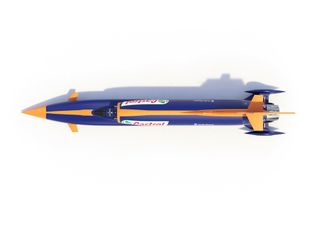
Bloodhound's streamlined shape is currently being assembled at a technical center in Bristol, in the United Kingdom. High-speed tests are scheduled to begin in the United Kingdom this summer, with the team then going on to South Africa for further work. The actual record attempt is scheduled to take place in 2016. (Credit: The Bloodhound Project)
Follow us @livescience, Facebook & Google+.
